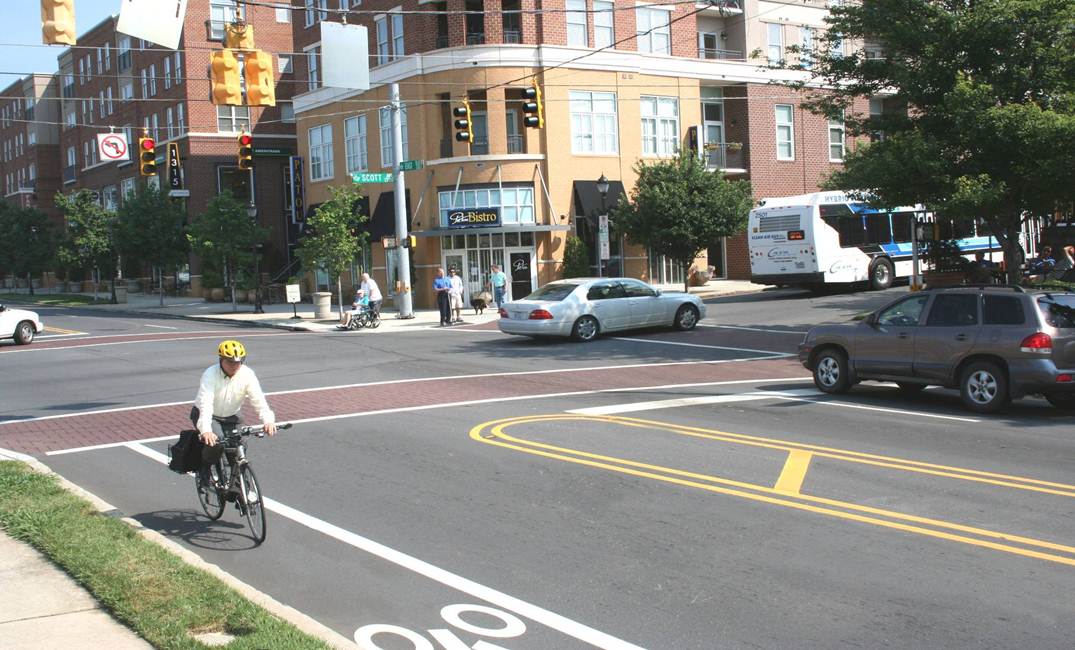AARP Hearing Center

Adults aged 60 and older are a fast-growing demographic in the Atlanta region, and local leaders have been working on ways to help them.
One step: Joining the AARP Network of Age-Friendly States and Communities. The Atlanta Regional Commission became a member of the network in July, joining more than 900 communities nationwide.
The Atlanta Regional Commission serves over 5 million residents across 11 counties; about 18 percent of that population is aged 60 and older.
Kay Sibetta, AARP Georgia’s associate state director of community outreach, says the state’s newest network member should bolster efforts to create “a metro Atlanta that is one great region for people of all ages to thrive.”
The AARP network helps communities become more livable by improving services, infrastructure and opportunities for residents — particularly those who are older. To join, a city, county or other community must have commitments from top civic leaders to explore and make age-friendly changes.
Members first conduct a community needs assessment, gathering input from older residents to identify service or infrastructure gaps. From there, an action plan is developed, implemented and monitored. Membership includes access to AARP resources, best practices and guidance.
Network membership also aligns with other AARP programs, such as Community Challenge grants, which can provide the funding for local projects. Such improvements can benefit people of all ages — and can help foster economic growth and community well-being. Georgia has 182 cities, counties or regions in the network. That includes Macon-Bibb County, the first locale to join, in 2012.
Learn more about Peach State locales that have joined — such as the Central Savannah River Area Regional Commission, Macon-Bibb County and the Middle Georgia Regional Commission — at aarp.org/livable-communities.
You can also learn about the state's Community Challenge grants. In 2024, eight Georgia cities or organizations were recognized with funds to complete quick-action projects designed to improve public places, transportation, housing and services.
AARP also has a Livability Index, which scores neighborhoods and communities for their services and amenities.
For more details, go to aarp.org/livable.
— Stacey Shepard































































